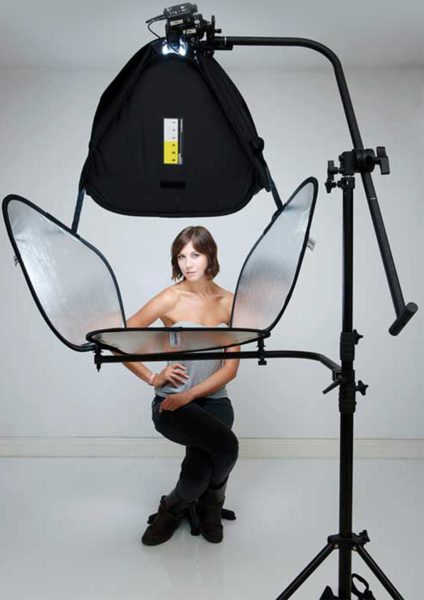Leica System
LEICA M as in milestone .
The Leica M rigorously adheres to the philosophy of the M-System. It is a milestone that points the way to the future. The Leica M reaps the benefits of more than 60 years of experience with the M rangefinder system. At the same time, it exploits forward-looking digital technologies: it features a high-resolution, fullformat CMOS sensor that, in combination with its high-performance processor and the legendary M-lenses, delivers outstanding imaging results - typical of M-Cameras. But with Live View, video, and additional focusing methods, it is also the M for photographers that do not want to miss out on any of the benefits of modern digital technology. The M successfully expands the scope of the M-System while remaining true to its fundamental heritage and principles.

EXCELLENT RESOLUTION from a 24-MP sensor.
The Leica M features a high-resolution, 24-megapixel CMOS sensor in the full 35 mm format. In combination with the Leica Maestro image processor, already employed in the Leica S-System, the Leica Max 24-MP sensor is responsible for the outstanding imaging quality of the Leica M. The M delivers extremely low-noise and richly detailed images, even at higher sensitivities of up to ISO 6400. In combination with fast Leica lenses, this low noise capture capability makes the camera an ideal tool for availablelight photography. Thanks to the integrated imaging electronics of the Leica Maestro image processor, the Leica M is also distinguished by fast response times and an almost instantaneous wakeup time ensuring that photographers are always ready to shoot.
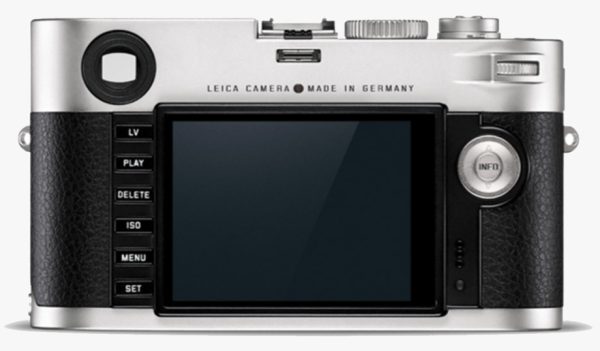
The extremely shallow depth of field at open aperture produces portraits and detailed studies of unequalled aesthetic effect. Even the light from one candle can be sufficient for handheld photography. As the world's highest-speed aspherical lens, the Noctilux-M 50 mm f/0.95 ASPH. exceeds the perception of the human eye. State-of-the-art optics and mechanical technologies have created a noticeable increase in lens speed, and a floating element retains high image quality even in the close-up range. Vignetting and distortion are even better than former Noctilux generations.

The LEICA SUPER-ELMAR-M 21mm f/3.4 ASPH is LEICA's best ultrawide lens ever made at any price. It is ultrasharp at every aperture, has negligible distortion, is small, light and takes common 46mm filters, and for the first time since 1958's SUPER-ANGULON 21mm f/4, has a proper 9-bladed diaphragm for superior 18-pointed sunstars!
This LEICA SUPER-ELMAR-M 21mm f/3.4 ASPH is better than today's LEICA SUMMILUX-M 21mm f/1.4 ASPH because this f/3.4 lens is sharper, less distorted, much smaller, lighter and takes normal filters. Better optics, better handling and less than half the price makes this new f/3.4 lens the choice of the discerning and practical photographer.
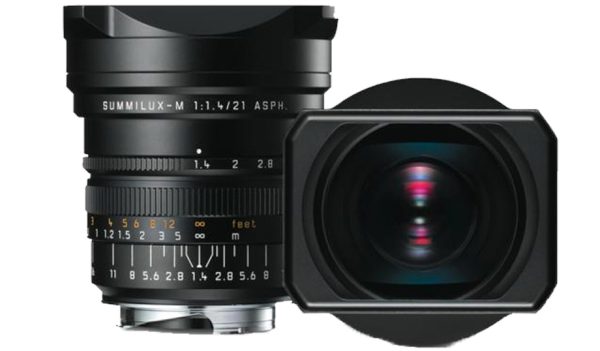
The Leica M embodies six decades of experience with the modern Mrangefinder system plus the innovative potential of the digital age. It is a superb example of what is currently the world's most compact, full-frame camera system. And it is one of the most compact full-format system cameras currently available. Moreover, its 24x36 mm CMOS sensor delivers the full 35mm format without compromises. System compatibility has always been a hallmark of the Leica M-System and the Mis no exception: it benefits from access to the entire portfolio of M-Lenses, widely acclaimed as the world's best lens system. Introduced in 1954, it has been continually advanced and improved ever since. And today, almost all M-Lenses ever made are compatible for use with the digital M
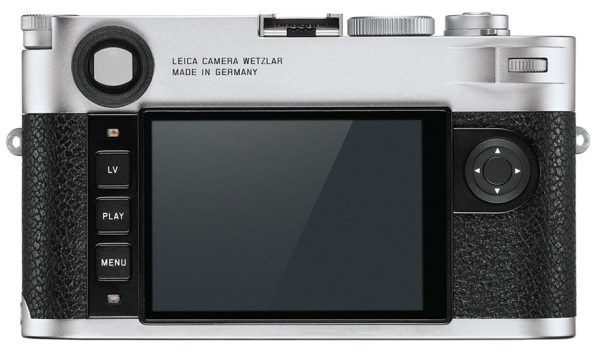
FS7
The PXW-FS7 reflects years of intense conversations we’ve had with documentary shooters. In response, a completely redesigned the grip, improved the viewfinder, optimised the balance and refined the ergonomics. Of course, the FS7 also reflects Sony’s expertise in 4K and HD codecs, Super 35 sensors and memory recording. The result is the ideal camera for documentaries and the optimum tool for magazine shows, reality TV, unscripted TV and more.
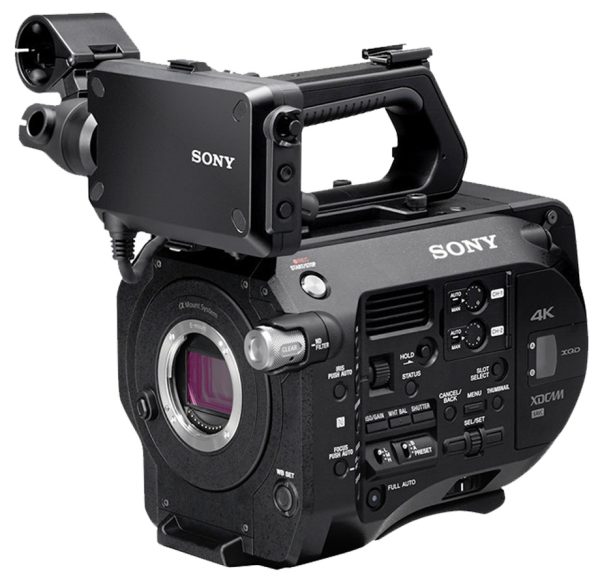
Sony’s α mount lens system offers unsurpassed compatibility with both Sony and third-party lenses. The FS7’s E-Mount can take Cinema lenses and SLR lenses with a third party adaptor, as well as Sony’s E-mount and A-mount lenses. So whether buying new lenses, or making use of lenses you’ve already purchased, the FS7 makes it easy.
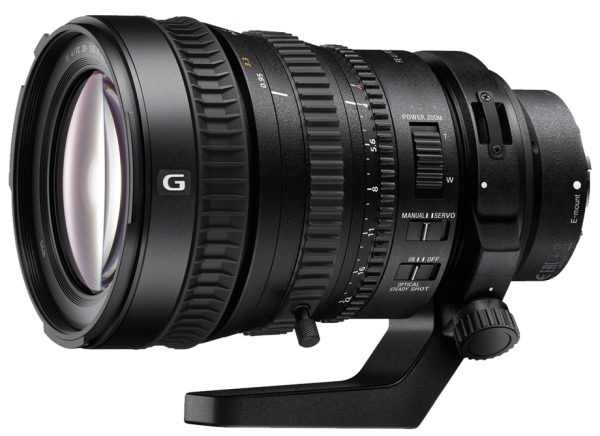
First, we consulted extensively with videographers and cinematographers, asking questions and noting the answers. Then we created prototype after prototype refining the size, shape, angle and control locations. The result is Sony’s Smart Grip: A highly adjustable control centre located on a pivoting, telescoping arm. The smart grip includes Zoom, Start/Stop and a range of Assign controls, including a dial you can use to adjust Iris. So you can operate the camera without taking your hand off the grip. The shape is comfortable hour after hour. And the angle of the grip can be adjusted at the press of a button.
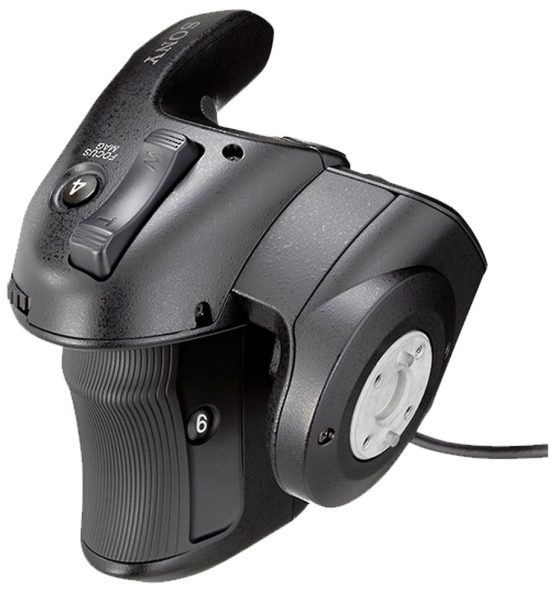
Sony designed the PXW-FS7 to stand up to the rigors of real-world shooting. The frame is magnesium, for high rigidity and light weight. Buttons, dials and other parts are sealed to prevent dust and water spray from entering. Cooling is an urgent requirement in a high-speed 4K camera. That’s why Sony engineers developed special heat pipes that whisk heat away from the electronics and into a remote heat sink. An air duct cools the heat sink while isolating the electrical components from exposure to dust and water spray.

The Atomos Shogun Inferno is a 7", 1920 x 1200 on-camera recording monitor that combines 4K recording with a 10-bit FRC panel that supports native display of HDR (log) footage as well as high-brightness viewing of Rec. 709 footage. It utilizes 4K HDMI and 12G-SDI inputs to support clean output signals at resolutions up to UHD 4K (3840 x 2160) at 60 fps, recording it to 2.5" SSDs using 10-bit, 4:2:2 Apple ProRes, and Avid DNxHR codecs. The Inferno, unlike the similar Shogun Flame, supports Quad 3G-SDI input. It even supports DCI 4K (4096 x 2160) raw video streams over SDI from select Sony and Canon cameras, encoding it as ProRes/DNxHR files.
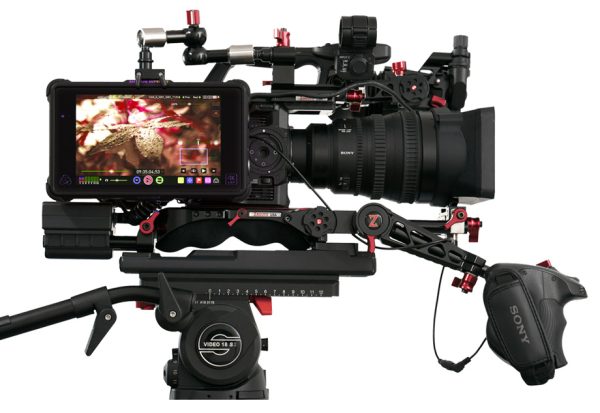
Nikon D4


Multi-area mode Full HD D-Movie with three image area options The D4 can record 1080p Full HD video at 30/25 or 24p in H.264/MPEG-4 AVC format with broadcast quality full of fine tones and natural colors. Located next to the shutter-release button, the dedicated recording start button FX-based format DX-based format 1,920 x 1,080 cop format makes operation intuitive and easy to access. Maximum recording time for a single clip is 29 min. 59 s. Thanks to Nikon's latest image processing algorithms, the D4's video ensures a smooth look with fewer jaggies and less moiré while maintaining sharp edges, even in dark conditions, by using noise-reduction technology designed specifically for video.
Multi-area mode Full HD D-Movie with three image area options The D4 can record 1080p Full HD video at 30/25 or 24p in H.264/MPEG-4 AVC format with broadcast quality full of fine tones and natural colors. Located next to the shutter-release button, the dedicated recording start button FX-based format DX-based format 1,920 x 1,080 cop format makes operation intuitive and easy to access. Maximum recording time for a single clip is 29 min. 59 s. Thanks to Nikon's latest image processing algorithms, the D4's video ensures a smooth look with fewer jaggies and less moiré while maintaining sharp edges, even in dark conditions, by using noise-reduction technology designed specifically for video.
Excellent audio control The D4 is designed for crisp stereo recording with a built-in external stereo microphone connector. Attach the compact Stereo Microphone ME-1 to record clear sound while significantly reducing mechanical noise. An external headphone connector enables use of headphones to effectively monitor and control audio in isolation. The indicators offer visual confirmation of audio level and the microphone sensitivity can be precisely controlled in 20 incremental steps.
The D4's body is comprised of strong-yetlightweight magnesium alloy. This assures the camera's superb reliability even in the most demanding environmental conditions. The D4's shutter has been tested for 400,000 cycles on fully assembled cameras at demanding continuous burst rates and over extended time periods. Thorough measures have been taken to seal and protect against invasive moisture, dust and even electromagnetic interference.
Its comprehensive sealing, combined with additional Nikon-engineered measures keeps the camera operational in a wide range of severe conditions. What's more, thanks to meticulous re-engineering at a detailed level, the D4 is actually lighter than a D3S yet maintains the same exceptional durability.
Optical viewfinder with grid line option The D4 offers approx. 100% frame coverage for FX format, with a viewfinder that is designed to minimize visual fatigue over long periods of use. The approx. 0.7x magnification enhances the confirmation of every visual element in the frame. The large, bright viewfinder image and focusing screen are carefully designed to aid precise focusing in both manual and autofocus modes. In addition, grid lines can optionally be placed across the viewfinder for accurate, vertical and horizontal orientation.
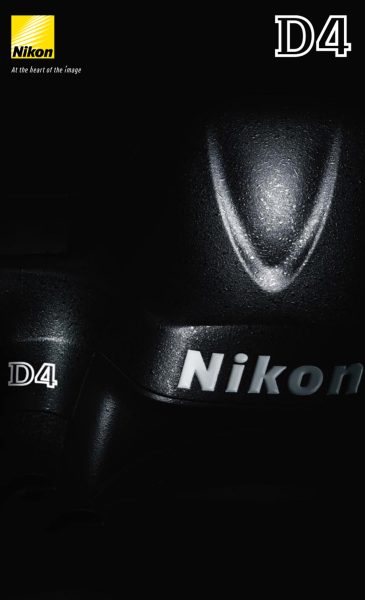
Avenger Stand
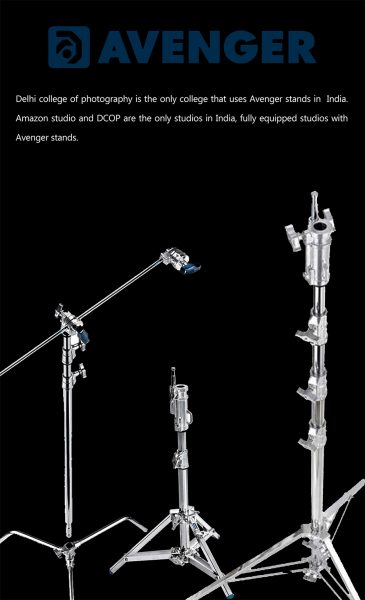
Profoto B1X
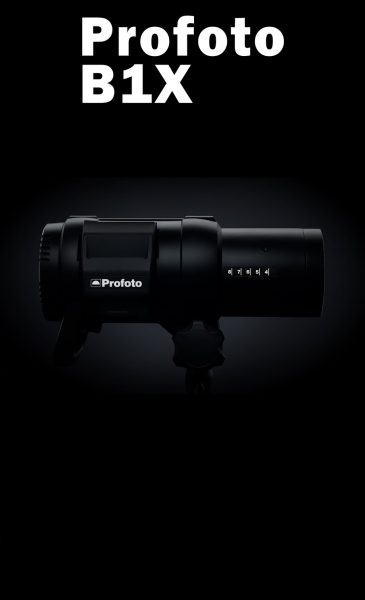
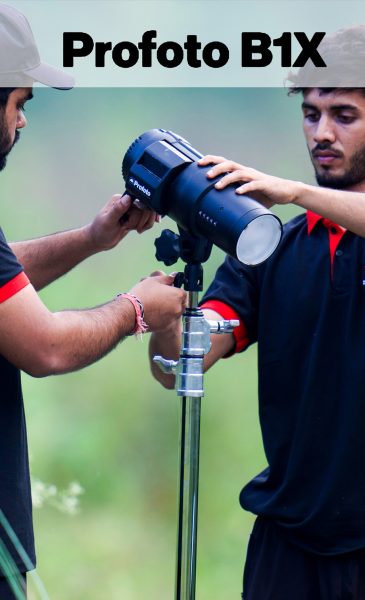
Profoto D2
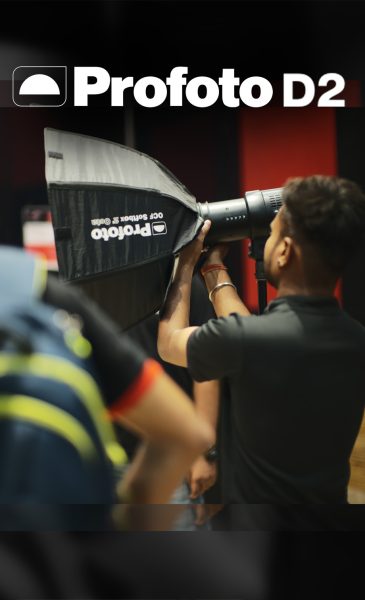
Profoto Modifiers
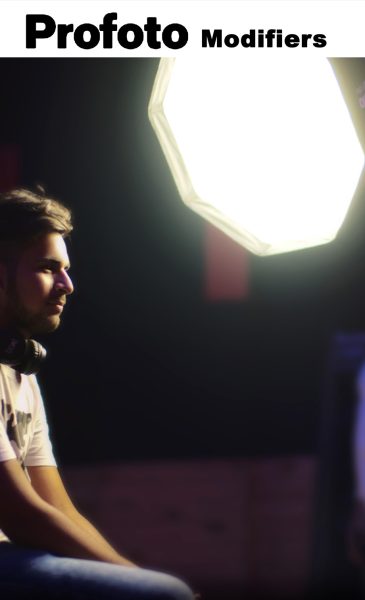
Hasselblad
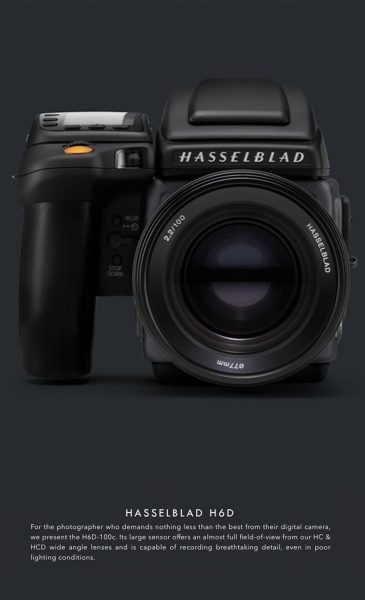
Lastolite Triflector
